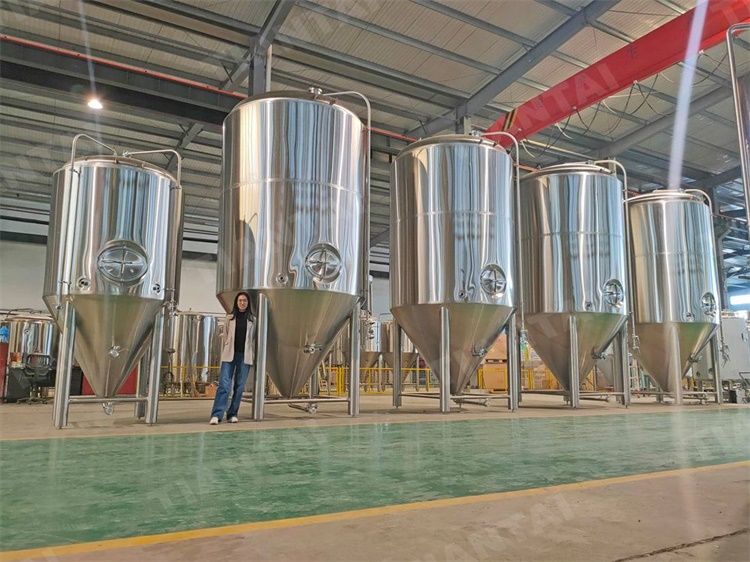.jpg)
1.Malt Type:
Some malts may benefit from one method over the other based on their characteristics. For example, harder malts might be better suited to wet crushing to prevent excessive shredding, while softer malts may crush well in a dry system.
2.Milling Equipment:
Consider the type of milling equipment you have or plan to use. Some mills are designed specifically for dry crushing, while others may have the capability for wet crushing. Ensure that your chosen equipment is suitable for your preferred crushing method.
3.Dust Control:
Dry crushing can generate a significant amount of dust, which can be a concern for both worker safety and equipment maintenance. If dust control is a priority in your brewery, wet crushing may be a preferable option.
4.Enzyme Activation:
Wet crushing can facilitate better enzyme activation during mashing due to the hydration of malt enzymes. This may result in increased sugar extraction and improved brewhouse efficiency. If optimizing enzymatic activity is a priority, wet crushing could be beneficial.
5.Efficiency and Yield:
Consider the impact of each method on brewhouse efficiency and overall yield. Wet crushing may lead to higher extraction rates, but it also involves additional water usage. Evaluate the trade-offs between efficiency and resource consumption.
6.Energy Consumption:
Assess the energy requirements of each method. Dry crushing typically requires less energy than wet crushing. Factor in your energy costs and environmental considerations when making a decision.
7.Mash Tun Design:
The design of your mash tun may influence the choice between dry and wet crushing. Some mash tuns are better suited to handling a particular crushed malt consistency, so ensure compatibility with your chosen method.
8.Ease of Cleaning:
Consider the ease of cleaning your equipment after each milling session. Wet crushing can lead to more residue and cleanup requirements. Assess your brewery's cleaning procedures and capacity.
9.Consistency:
Strive for consistency in your brewing process. Whichever method you choose, aim to maintain uniformity in the crushed malt characteristics to achieve predictable and repeatable brewing results.
10.Environmental Considerations:
Evaluate the environmental impact of each method, considering factors such as water usage, waste generation, and energy consumption. Choose the method that aligns with your sustainability goals.
11.Supplier Recommendations:
Consult with malt suppliers and equipment manufacturers to gather insights and recommendations based on the specific malts and equipment you plan to use.
12.Cost Considerations:
Compare the costs associated with both dry and wet crushing methods, including equipment, energy, water, and maintenance expenses. Factor in both initial costs and ongoing operational expenses.
In the end, the choice between malt dry crushing and wet crushing will depend on your specific brewery setup, preferences, and priorities. It may be helpful to experiment with both methods on a smaller scale to assess their impact on your brewing process before committing to a particular approach.
Thank you very much for your reading,if you need any brewery equipment, feel free to contact us.
Helen lee
[email protected]




.jpg)

Get In Touch